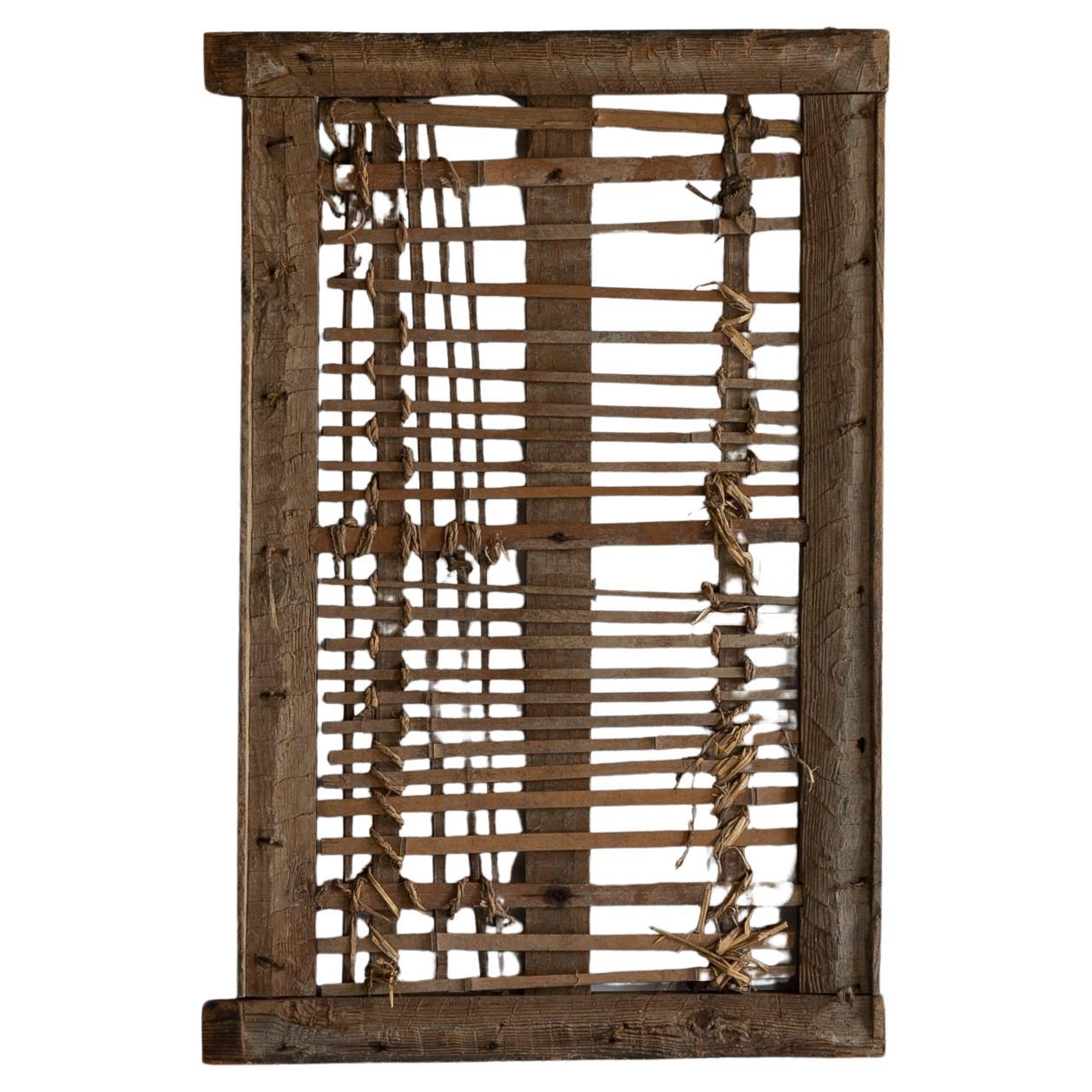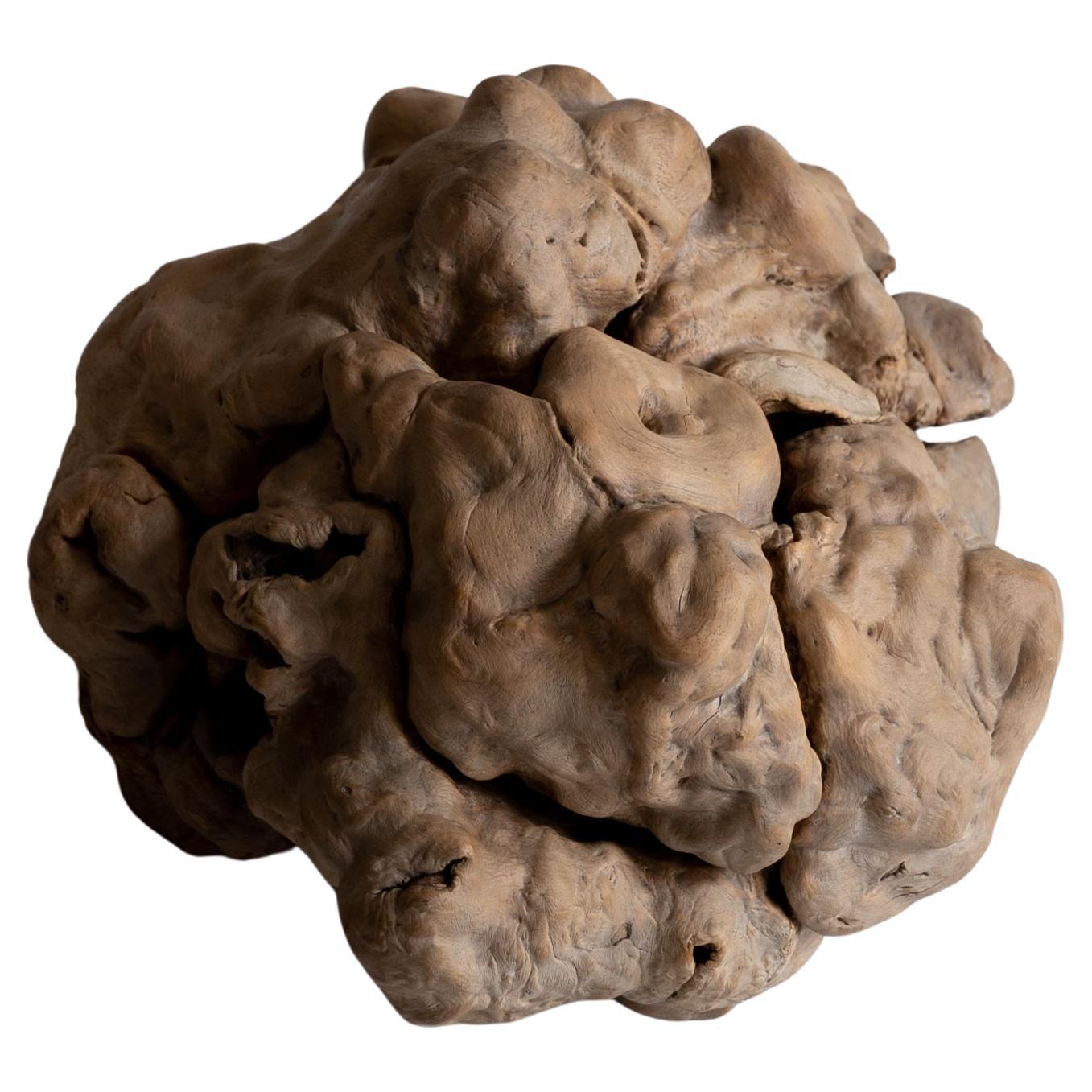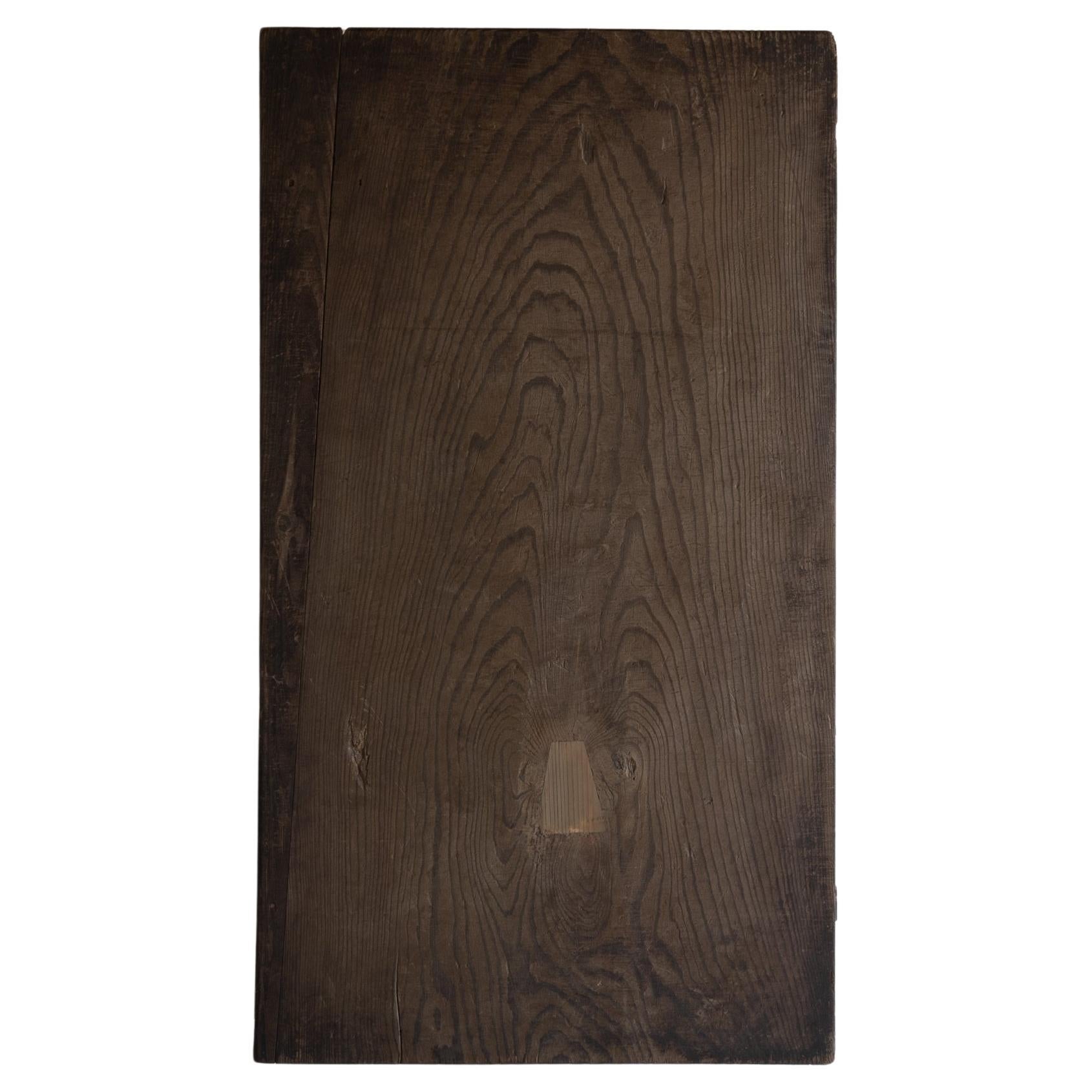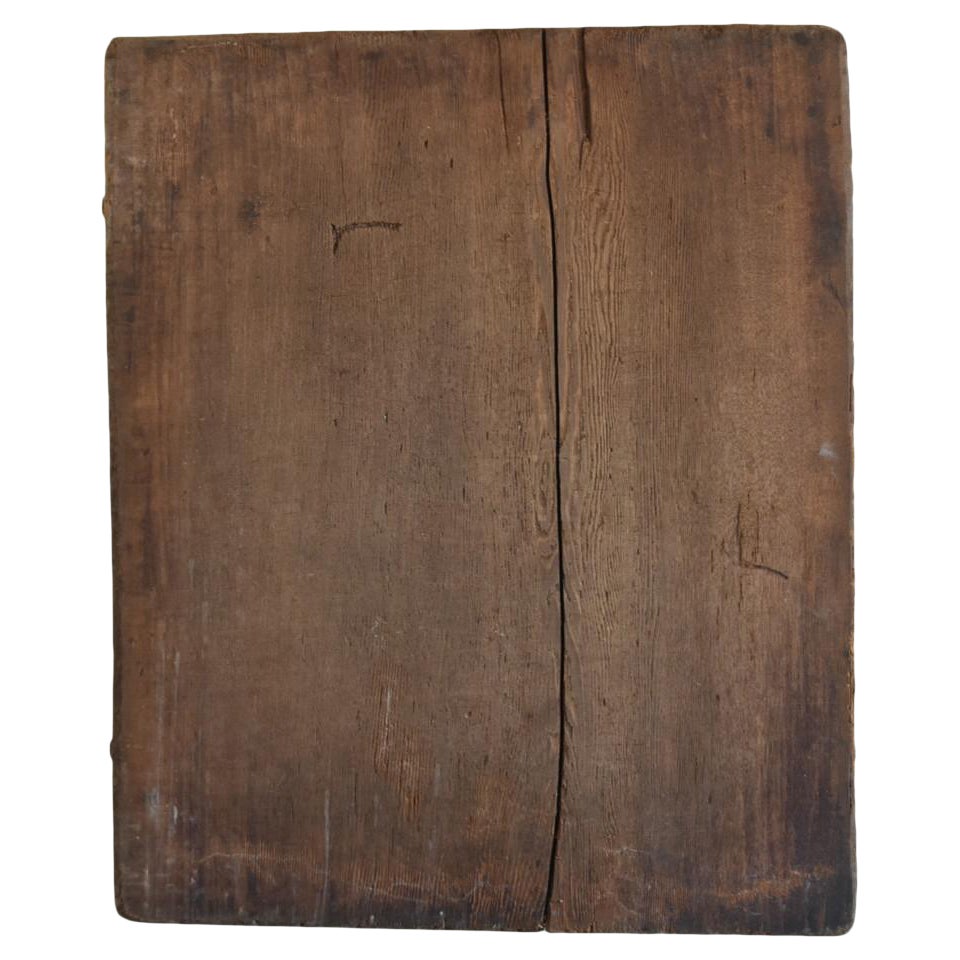Items Similar to Japanese antique door / door art wall art / wabi-sabi art /1900〜
Want more images or videos?
Request additional images or videos from the seller
1 of 16
Japanese antique door / door art wall art / wabi-sabi art /1900〜
About the Item
A warehouse has been used as a warehouse in Japan since ancient times. Art that reuses the windows of the storehouse.
Originally, the windows were covered with plaster, but this was removed to expose the wooden base.It is an art piece that allows you to enjoy the feeling of wabi-sabi by hanging it on the wall.
- Dimensions:Height: 3.15 in (8 cm)Width: 25.6 in (65 cm)Depth: 25.6 in (65 cm)
- Style:Taisho (Of the Period)
- Materials and Techniques:
- Place of Origin:
- Period:
- Date of Manufacture:1900-
- Condition:
- Seller Location:Sammu-shi, JP
- Reference Number:1stDibs: LU5487237406922
About the Seller
5.0
Platinum Seller
These expertly vetted sellers are 1stDibs' most experienced sellers and are rated highest by our customers.
Established in 2015
1stDibs seller since 2020
1,105 sales on 1stDibs
Typical response time: 4 hours
- ShippingRetrieving quote...Ships From: Ichinomiya, Japan
- Return PolicyA return for this item may be initiated within 7 days of delivery.
More From This SellerView All
- Japanese Antique Door "Wall Decoration" 1860s-1900s / Abstract Art Wabi SabiLocated in Sammu-shi, ChibaThis was a very old Japanese warehouse (kura) window sliding door. It was made during the Meiji period (1860s-1900s). The frame is made of cedar wood and the lattice is bamboo. It w...Category
Early 20th Century Japanese Meiji Decorative Art
MaterialsBamboo, Cedar
- Japanese Antique Door "Wall Decoration" 1860s-1900s / Abstract Art Wabi SabiLocated in Sammu-shi, ChibaThis was a very old Japanese warehouse (kura) window sliding door. It was made during the Meiji period (1860s-1900s). The frame is made of cedar wood and the lattice is bamboo. It w...Category
Early 20th Century Japanese Meiji Decorative Art
MaterialsBamboo, Cedar
- Japanese Antique Wall Hanging Tree Bump 1860s-1900s / Object Mingei Wabi SabiLocated in Sammu-shi, ChibaThis is a very old Japanese tree mass. It is designed to be hung on a wall. It has a strong presence and is very beautiful. It could be an accent in a modern space. This is a very...Category
Antique 19th Century Japanese Taisho Decorative Art
MaterialsWood
- Japanese Antique Galvanised Iron 1940s-1970s/Wall Decorations Wabi-Sabi ArtLocated in Sammu-shi, ChibaThis is an old Japanese tin object. This item is from the mid-Showa period (1940s-1970s). This tin was manufactured in large quantities during Japan's period of rapid economic growth...Category
Late 20th Century Japanese Showa Decorative Art
MaterialsZinc
- Japanese Antique Wabi Sabi Wooden Board 1860s-1900s / Abstract Art Low TableLocated in Sammu-shi, ChibaThis is a very old Japanese work board. It was made during the Meiji period (1860s-1900s). It is made of cedar wood. It was originally a work board for kneading wheat. Through years...Category
Early 20th Century Japanese Meiji Decorative Art
MaterialsCedar
- Japanese Antique Bamboo Lathing Door 1860s-1900s / Abstract Art Wabi SabiLocated in Sammu-shi, ChibaThis is a door that was used in a very old Japanese warehouse. This door was made in the Meiji Era. (1860s-1900s). The wooden frame is made of cedar wood with an iron handle in the c...Category
Early 20th Century Japanese Meiji Doors and Gates
MaterialsBamboo, Cedar
You May Also Like
- Antique Framed Woodblock Print, Japanese, After Heian, Art, Victorian, C.1900Located in Hele, Devon, GBThis is an antique framed woodblock print. A Japanese, after Heian era art scene, dating to the late Victorian period, circa 1900. The Heian period of ...Category
Antique Late 19th Century Japanese Decorative Art
MaterialsPine
- Japanese Antique Fukusa Textile Art Meiji PeriodLocated in Atlanta, GAA Japanese silk Fukusa panel circa late 19th-early 20th century of Meiji Period. The front was beautifully decorated with Yuzen-zome, a labor intensive resist-dye technique invested ...Category
Early 20th Century Japanese Japonisme Textiles
MaterialsSilk, Beads
- Japanese Antique Fusuka Textile Art Meiji PeriodLocated in Atlanta, GAA Japanese silk Fukusa panel circa late 19th-early 20th century of Meiji Period. The front was beautifully decorated with Yuzen-zome, a labor intensive resist-dye technique invested by an artist monk Miyazaki Yuzensai (1654 -1736) of Edo period. The auspicious composition features a group of red-crown cranes, the symbol of longevity. Three of them perch on the rock by the ocean (East Sea) an two of them are in flight. Additionally, two egrets frolic in the wave. Yuzen dying was used extensively to showcase the amazing details such as the waves and the gradual coloring effect. Embroidery was used sparsely to highlight areas such as the legs of the crane to render it more dimensional details. The piece has a red silk backing and still retains four blue tassels on corners as well as decorative stitches along the edges. Fukusa is a traditional Japanese textile...Category
Early 20th Century Japanese Japonisme Textiles
MaterialsBrocade, Silk
- Japanese Antique Fukusa Textile Art Meiji PeriodLocated in Atlanta, GAA Japanese silk Fukusa panel circa late 19th-early 20th century of Meiji Period. The front was beautifully decorated with Yuzen-zome, a labor intensive resist-dye technique invested by an artist monk Miyazaki Yuzensai (1654 -1736) of Edo period. The front cover likely depicts a scene from the Tale of Genji, showing a nobleman and his servant pays a visit to a lady in a fenced thatch-roof house under a high peak. The details of blossom trees and pines, as well as the characters, and scenery with a gradual color are astounding. It is telling that the Yuzen dying was used such an mastery. The piece has a red silk backing and still retains two red tassels on the lower corners as well as decorative stitches along the edges. There is a patched design on the back likely a Mon symbol (family crest). Fukusa is a traditional Japanese textile...Category
Early 20th Century Japanese Japonisme Textiles
MaterialsSilk
- ARKO Wall Art16 Contemporary Art Japanese Craft Rice Straw Art Wall SculptureBy ARKOLocated in Shibuya-ku, TokyoHand-sewed rice straw art by ARKO. Title: Composition Sostenuto This is one of the series named "Composition XX" Her works have the feelings of c...Category
2010s Japanese Organic Modern Decorative Art
MaterialsThread, Straw, Canvas
- ARKO Wall Art12 Contemporary Art Japanese Craft Rice Straw Art Wall SculptureBy ARKOLocated in Shibuya-ku, TokyoHand-sewed rice straw art by ARKO. Title: Composition Marcato (A) This is one of the series named "Composition XX" Her works have the feelings of...Category
2010s Japanese Organic Modern Decorative Art
MaterialsCanvas, Thread, Straw





